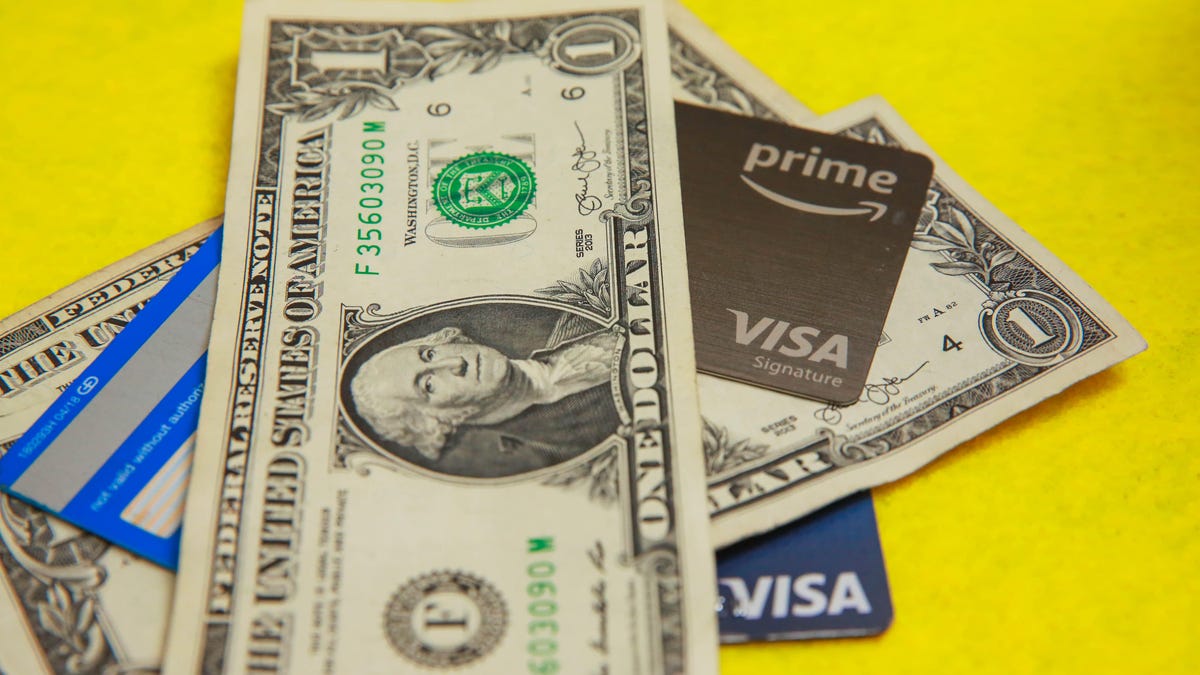Now What: The future of paying for things
Visa's Kevin Phalen talks to CNET about how payments are changing for both shoppers and small businesses.

One of the changes greatly accelerated by the coronavirus is how we deal with the physical act of paying for things. Contactless payment is now a must-have for every brick-and-mortar store, take-out restaurant or farmers market. As plexiglass partitions have sprouted up between customers and cashiers, the idea of passing paper money from hand to hand seems unfathomable right now.
Visa exec Kevin Phalen spoke to us about a new small business survey the company conducted on how small businesses are adapting to these major changes, and how consumers are changing their spending habits.
He and I both leaned into farmers markets as an example of this change -- held outdoors, they're a better way to safely shop right now, but in the past, many required cash. "A year ago, nobody [at the farmers market] took Apple Pay . Nobody took contactless," Phalen says. "I go there now, and 90% of those small business farmers and shops, they're all they've all moved into contactless, so I can do everything with my phone."
Also accelerating is the shift away from physical retail shopping to online shopping. That means even small neighborhood stores need to evolve into digital storefronts. "They knew they had to pivot," Phalen says. "Many of them, literally in March, really had that fundamental choice: 'Do I stay with the way I used to do things or pivot into the new way?'"
Both safety concerns and economic realities are driving this shift, Phalen says. "They had to address consumer safety, which many of them have done. They also said, I've got to bring new consumers to us. Because quite honestly, some of the consumers that I was previously able to contact, I may not be able to contact them." Hence, a shift to new digital sales channels, even if it's just a Shopify button, and finally retiring the old Square card-reader dongle in favor of true contactless payments for just about everything.

